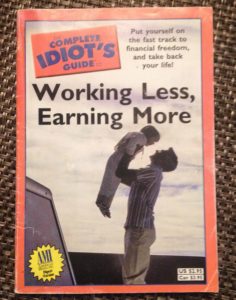Welcome To Wilson Rogers & Company!
Welcome video with Wilson Rogers & Company CEO Jared Rogers, CPA. Learn about the services our company offers, how Jared got started in the business and what he likes best about his job.
You can also view this on our YouTube Channel here. If you want to know more about Jared (or his crazy escapades) then check out the Who’s The Boss category from out blog.








